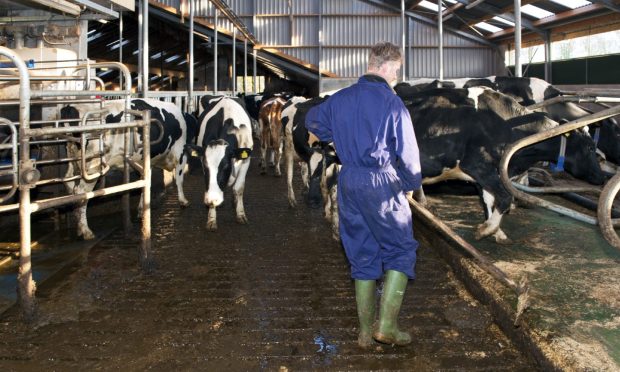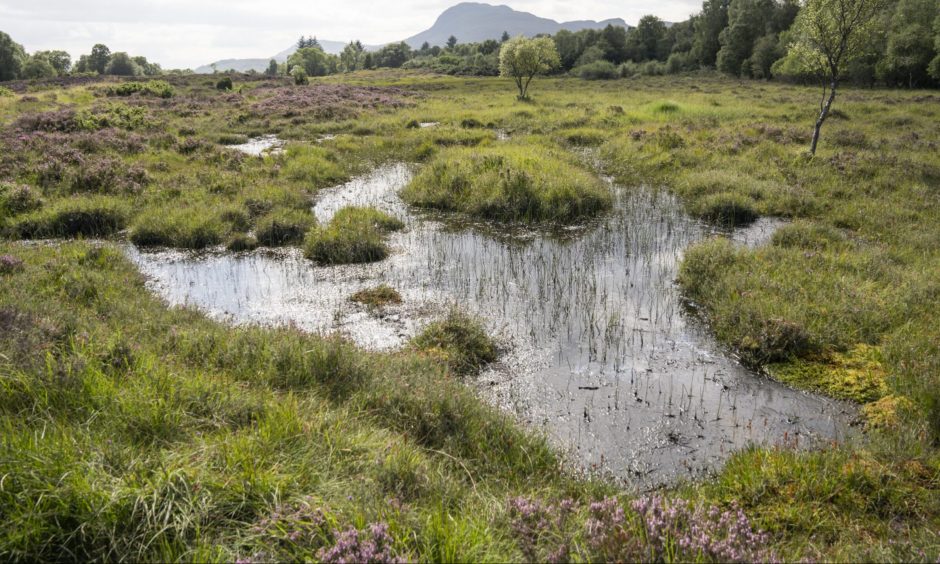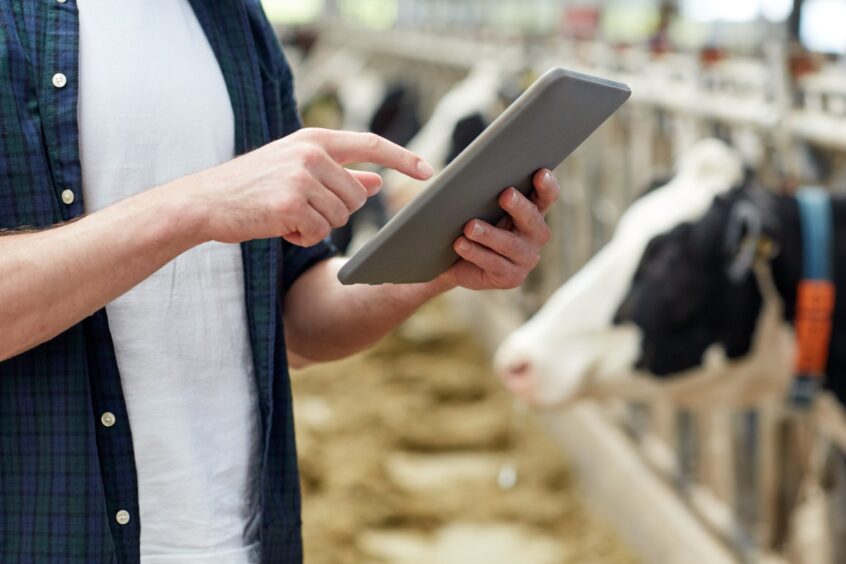Agricultural support grant recipients have been updated on changes coming into force in 2025.
In a letter to those receiving funding, the Scottish Government’s rural payments and inspections division says: “The first changes to the agricultural support you receive will come into effect from 2025.
“Your schemes aren’t changing in 2025, but some of the things you will have to do to receive support are new. This letter contains the information you need to start preparing for those changes now.”
Cross compliance
New conditions will be introduced to cross compliance in 2025.
These are new peatland and wetland standards coming into effect.
These will prohibit a range of activities from being carried out on peatland and wetland areas and include:
- Ploughing, cultivations and reseeding
- New drainage and maintenance of existing drainage systems that causes further drying out of the peatland
- Application of pesticides, fertilisers including manure, lime and soil conditioners
- Creation of new roads and tracks, including vehicle rutting exposing the soil
- Activities that cause damage to the vegetation cover exposing the soil
- Additionally for wetlands, disruption of connections from rivers/water courses
These changes will apply to land with peat soils more than 20 inches deep, with a near-natural vegetative cover, and also to wetland habitats.
Voluntary coupled support: Scottish Suckler Beef Support Scheme (SSBSS)
From 2025, calves will only be eligible for a SSBSS payment if their dam has a calving interval threshold of 410 days or less. This condition is designed to help balance productivity and profitability with the opportunity to address the climate impact of emissions.
The new condition will be measured on an individual animal basis, not on herd averages.
410-day calving interval threshold
Offspring of cattle with an established calving interval of more than 410 days will not receive a payment.
The first calves registered to any dam will be exempt from the calving interval threshold, and remain eligible for payment provided other scheme conditions are met.
Calving interval is a key efficiency measurement for beef production.
Longer calving intervals mean longer periods when a cow is incurring costs and emitting greenhouse gases without contributing to beef production.
Time to start preparing ‘whole farm’ plan
The letter continues: “The more you understand about your farm or croft, the more productive and profitable your business can be, and the more you can contribute to Scotland’s climate, biodiversity and emissions targets.
“This is the foundation of the whole farm plan.
“In 2025, in return for your basic payments, you will be expected to have started carrying out plans and audits that are relevant to your business. You will be asked to confirm on your SAF (single application form) that you have done at least two of these activities and have them in place by May 15 2025.”
It is up to farmers to choose which of these options currently suit their business:
- Carbon audit
- Biodiversity audit
- Soil analysis
- Animal health and welfare plan
- Integrated pest management plan
The letter adds: “You may already have some of these plans and audits in place – through your quality assurance or supply chain contracts, or as part of your normal business planning.
“If so, and these meet the minimum standards, you can simply confirm this activity on next year’s SAF.
“If you haven’t done at least two of these activities yet, remember grants are still available… to do carbon audits and soil analysis. If you act now, while support is available, you will be prepared for 2025. More information on requirements for future years will follow.
Farmers urged to ‘start preparing now for change’
“These changes are designed to help all our farmers and crofters do more to produce food sustainably, to cut emissions and to farm more for nature. And we need everyone to get involved and start preparing now for change.”
More information is available online at ruralpayments.org



Conversation